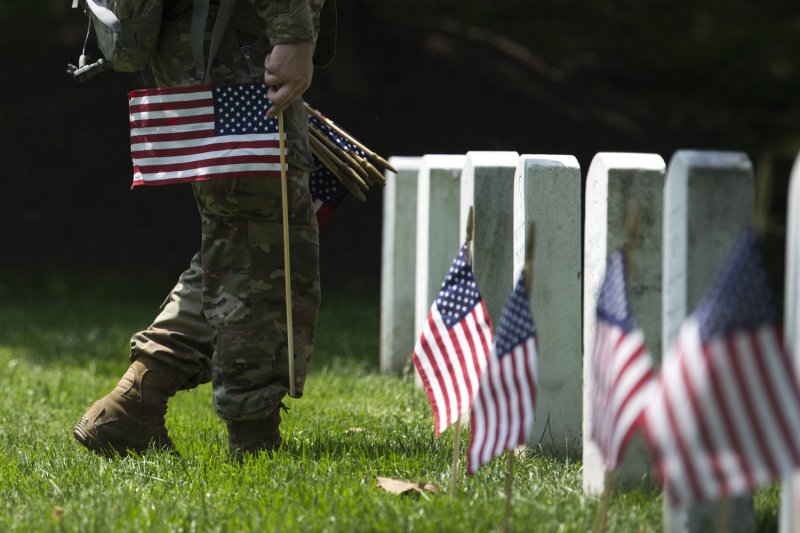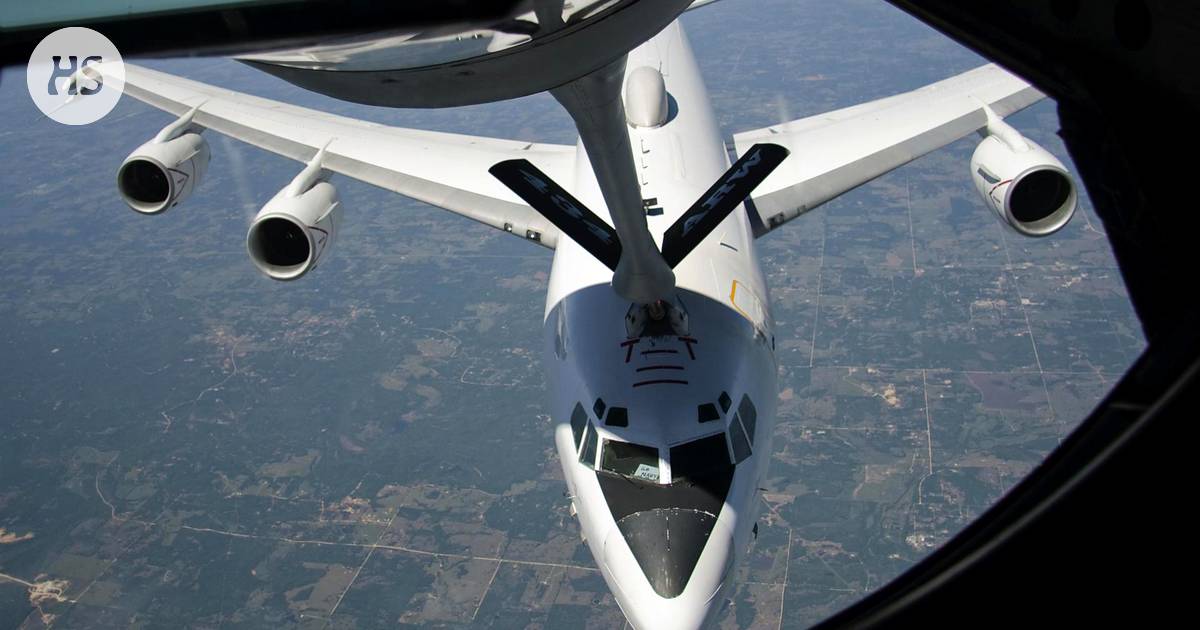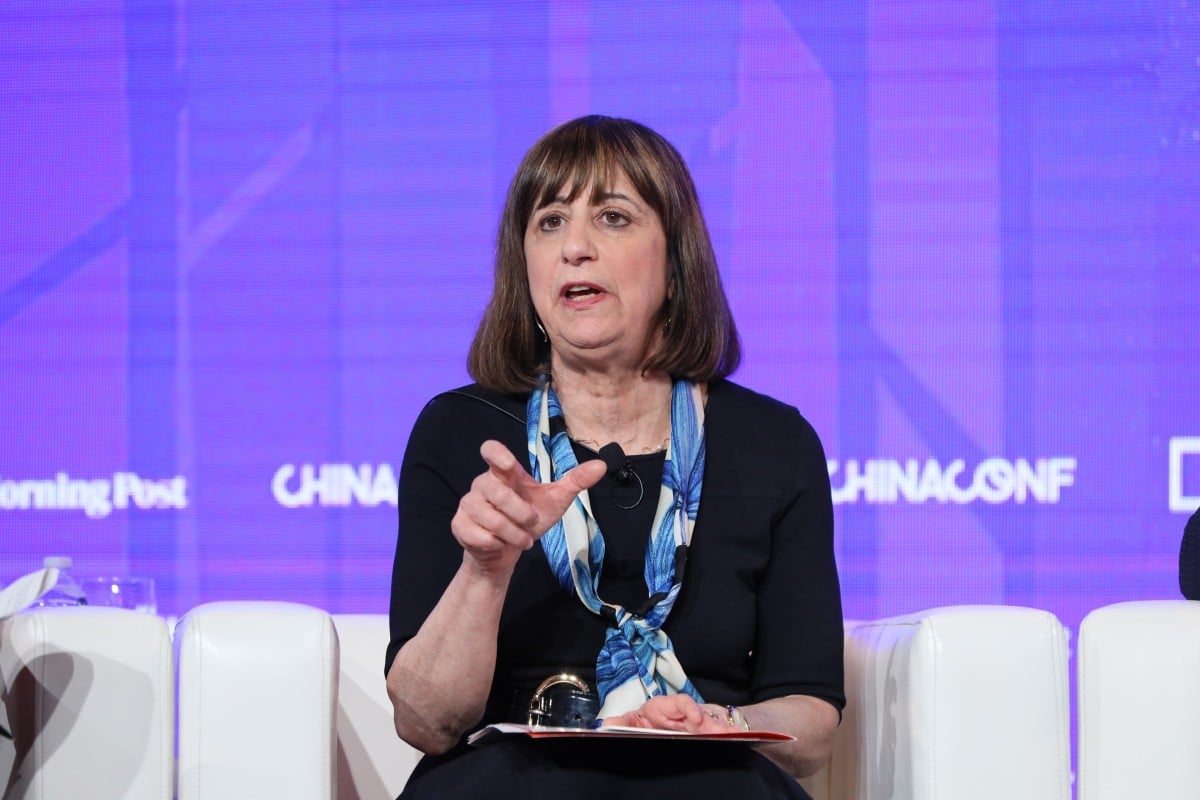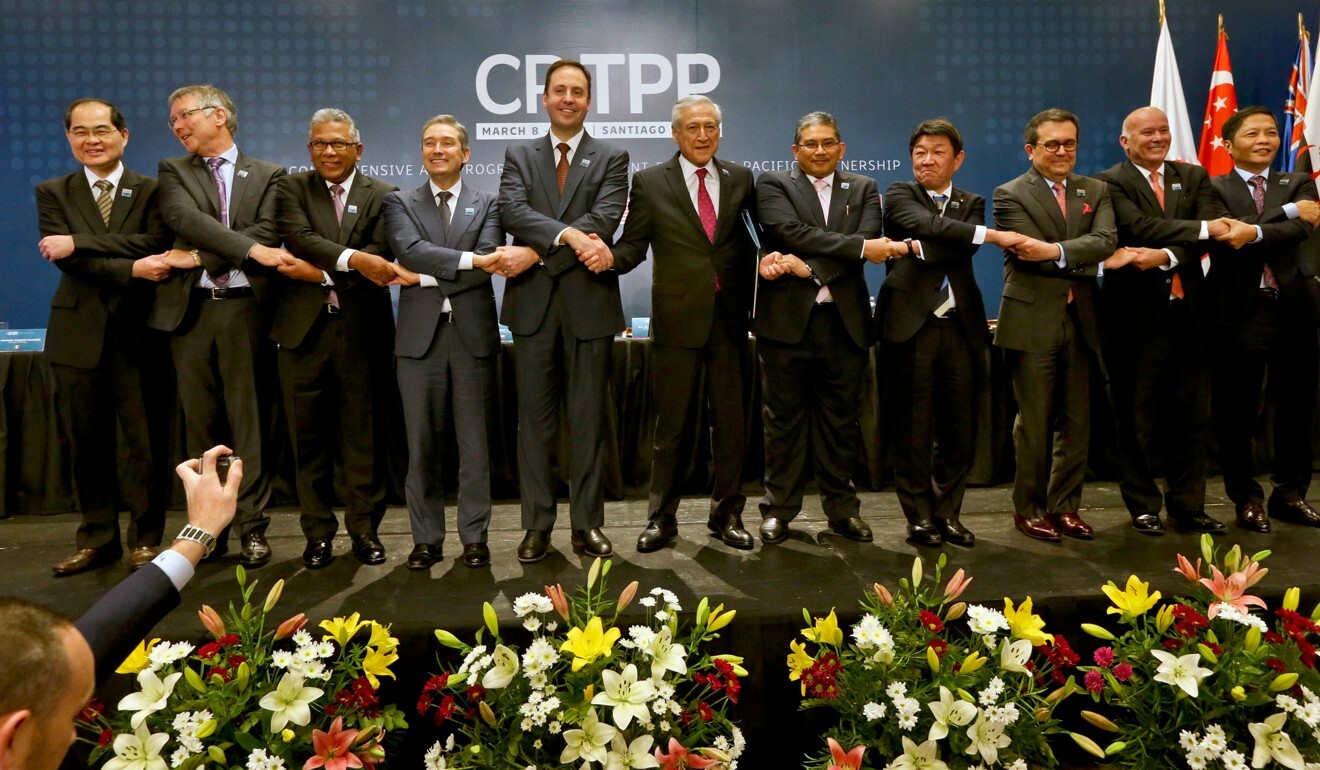Amazon has identified more than 19,000 COVID-19 cases among its frontline workers
Tyler Sonnemaker

A worker in a face mask walks by trucks parked at an Amazon facility in Long Island, New York on March 17, 2020. REUTERS/Andrew Kelly/File Photo
Amazon announced in a blog post Thursday that 19,816 of its frontline workers have tested positive for COVID-19.
Amazon said that count came from its "analysis of data on all 1,372,000 Amazon and Whole Foods Market frontline employees" in the US employed at any time from March 1 to September 19.
The company claimed its positive case rate was 42% lower than it would expect based on rates in the general population around its facilities is, but its study has not been independently verified.
Amazon has come under fire repeatedly from workers over its pandemic response, and the company is facing multiple investigations over safety measures and working conditions.
Since the beginning of March, 19,816 Amazon and Whole Foods workers have tested positive for COVID-19, Amazon said in a blog post Thursday.
The company said it conducted "a thorough analysis of data on all 1,372,000 Amazon and Whole Foods Market frontline employees across the U.S. employed at any time from March 1 to September 19, 2020."
Amazon claimed that its positive case rate was 42% lower than rates in the general population — as reported by Johns Hopkins University and while also accounting for the geography and age of its employees.
The company said its calculations were "conservative" on the basis that it included both confirmed and presumptive cases and that not everyone in the general population gets screened for the virus, though Amazon's analysis has not been independently verified.
Amazon said that due to its social distancing measures, paid leave policies, mandatory screenings, and other safety measures and investments, "our employees are at a very low risk of transmission in the workplace."
But workers have told a different story. Frontline employees working for both Amazon and Whole Foods have repeatedly gone on strike, filed whistleblower complaints with the Occupational Safety and Health Administration and individual states' workplace safety agencies, sued the company, and reached out to media organizations to draw attention to what they say are unsafe working conditions during the pandemic.
Amazon also has a long history of workers raising the alarm about workplace safety which resurfaced this week with a report from Reveal detailing how the company downplayed injury rates. The company has also aggressively cracked down on whistleblowers, firing multiple employees during the pandemic who spoke out about issues, monitoring their private social media conversations, and using technology to track workers seeking to organize for better conditions and pay.

Amazon says nearly 20,000 workers have tested positive for COVID-19
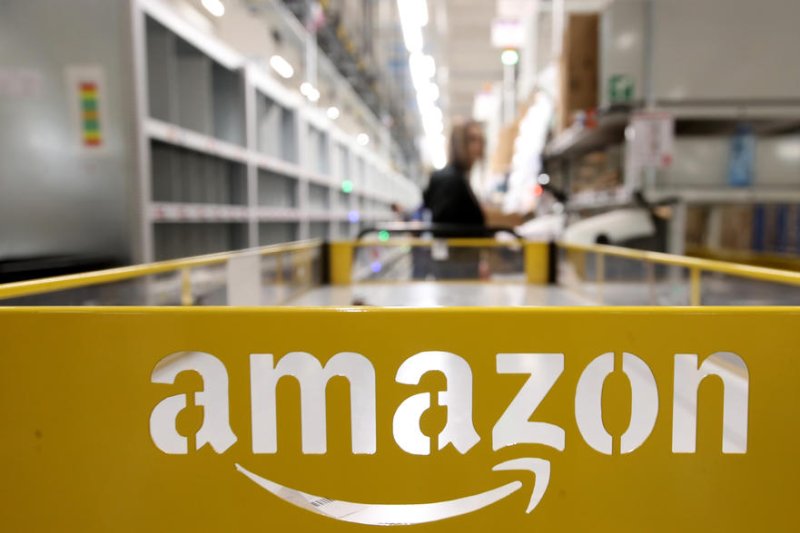
The company said it is conducting "thousands" of tests each day and plans to expand the rate to 50,000 per day at 650 sites by the end of this month. File Photo by Friedemann Vogel/ EPA-EFE
Oct. 1 (UPI) -- Amazon on Thursday announced that nearly 20,000 of its employees have tested positive for COVID-19 over the past six months.
The company listed the precise tally at 19,816 presumed or confirmed cases of the novel coronavirus among its 1.37 million Amazon and Whole Foods Market employees in the United States between March and mid-September
Amazon said the number of cases were 42% lower than an estimate of 33,952, previously based on analysis of the Amazon and Whole Foods Market workforce against the general population rate.
The company also said it is conducting "thousands" of tests each day and plans to expand the rate to 50,000 per day at 650 sites by the end of this month.
RELATED Gilead Sciences resumes control of remdesivir distribution
There have been at least eight confirmed COVID-19 deaths among Amazon workers this year, but the company did not include deaths in its report.
Labor groups, politicians and regulators have been calling for the retail giant to disclose its COVID-19 figures among its workforce.
Amazon previously declined to specify the numbers, suggesting they would be misleading and lack context. Thursday, it said the number of cases would be "more powerful" if other companies shared similar data.
"We hope other large companies will also release their detailed learnings and case rates because doing so will help all of us," Amazon said. "This is not an arena where companies should compete -- this is an arena where companies should help one another."
Walmart said in April that fewer than 1% of its 1.5 million U.S. employees had tested positive.
In May, workers from Amazon, Instacart, Whole Foods, Walmart, Target and FedEx held a "sickout" strike due to what they described as flawed policies and lack of protective equipment that may expose them to the virus.





